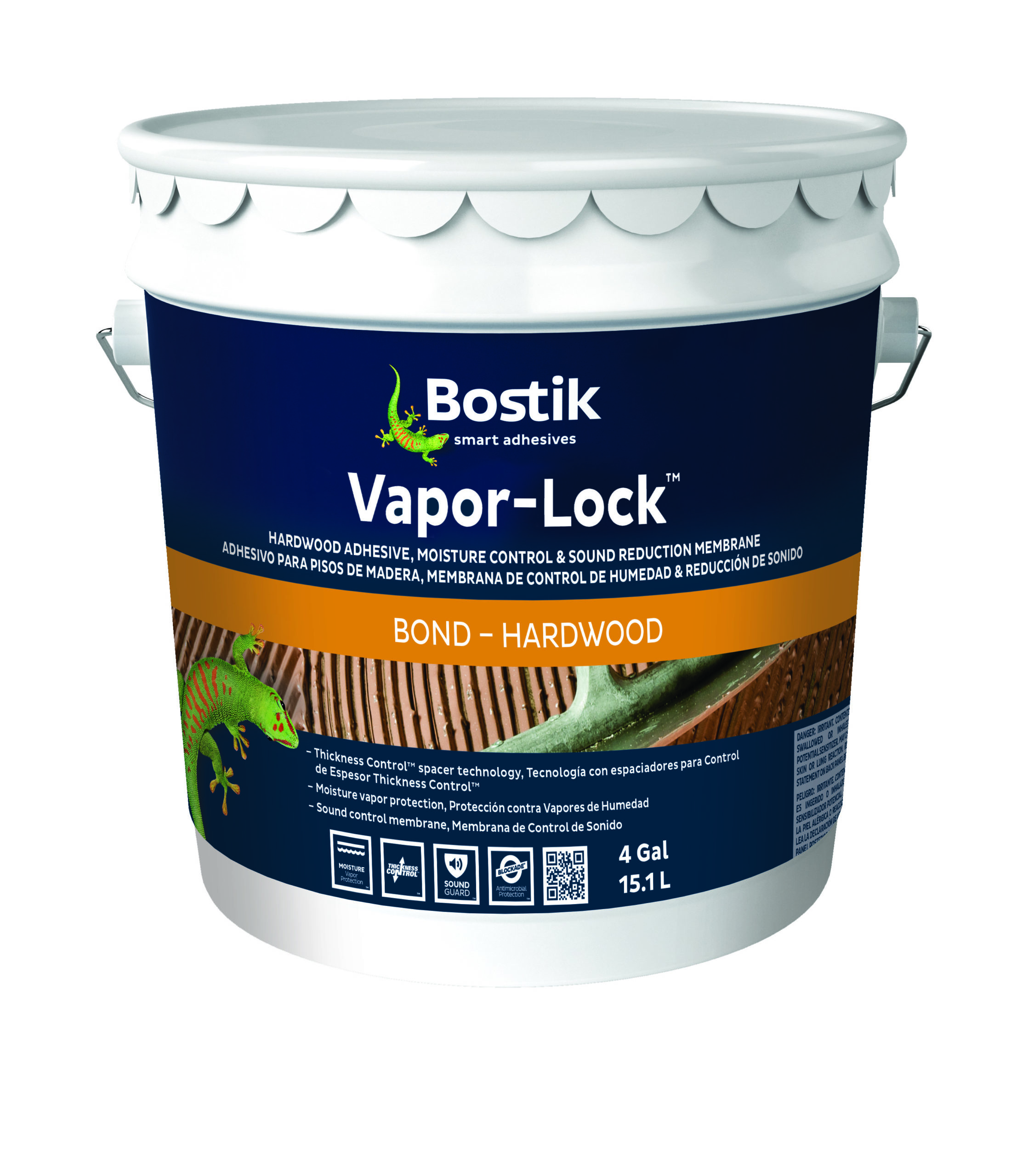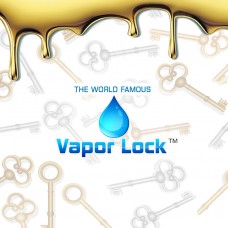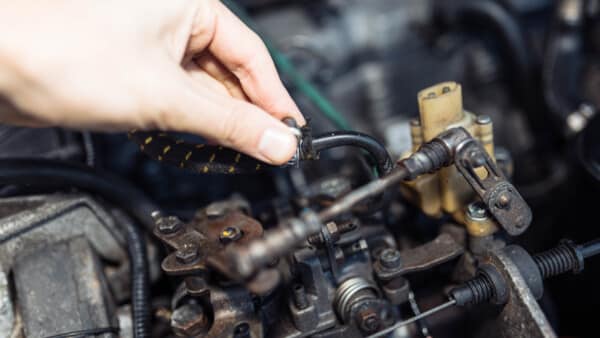
It was used mainly in high horsepower reciprocating engines, such as military and transport category aircraft. In years past, when this was less the case, considerable quantities of aromatic hydrocarbons were sometimes added to increase the rich mixture performance of AVGAS. The use of boost pumps located in the fuel tank that force pressurized liquid fuel to the engine is most common.Īromatic FuelsThe aviation gasoline market is a relatively small part of the overall gasoline market. Various steps can be taken to prevent vapor lock. This causes an increase in fuel vaporization that can also lead to vapor lock. To make matters worse, when an aircraft climbs rapidly, the pressure on the fuel in the tank decreases while the fuel is still warm. Fuel may vaporize before it reaches the carburetor, especially if it is drawn up a line under a low pressure, or if it swirls while navigating a sharp bend in the tubing. But temperatures in the fuel system can exceed 100 ☏ under the engine cowl on a hot day. At this pressure, an aircraft fuel system is designed to deliver liquid fuel to the carburetor when drawn out of the tank by an engine-driven fuel pump. In each case, liquid fuel vaporizes prematurely and blocks the flow of liquid fuel to the carburetor.Īircraft gasoline is refined to have a vapor pressure be between 5.5 pounds per square inch (psi) and 7.0 psi at 100 ☏. Vapor lock can be caused by excessively hot fuel, low pressure, or excessive turbulence of the fuel traveling through the fuel system. This typically occurs on warm days on aircraft with engine-driven fuel pumps that suck fuel from the tank(s).

Vapor LockVapor lock is a condition in which AVGAS vaporizes in the fuel line or other components between the fuel tank and the carburetor. A straight chain of volatile compounds creates a fuel that vaporizes easily for starting, but also delivers power through the acceleration and power ranges of the engine.

AVGAS is a blend of numerous hydrocarbon compounds, each with different boiling points and volatility. However, fuel can also be too volatile, causing detonation and vapor lock. It can also cause uneven fuel distribution to the cylinders and excessive dilution of the oil in the crankcase in engines equipped with oil dilution systems. This can cause hard engine starting, slow warm-up, and poor acceleration. Fuel with low volatility vaporizes slowly. Liquid gasoline delivered to the engine induction system carburetor must vaporize in the carburetor to burn in the engine. For reciprocating engines, highly volatile fuel is desired. Volatility is a term used to describe how readily a substance changes from liquid into a vapor. VolatilityOne of the most important characteristics of an aircraft fuel is its volatility. Larger, high-compression engines require fuel with a greater amount of potential power production without detonation than smaller low-compression engines. These mostly correlate to how much energy can be produced without the fuel detonating. Over the years, AVGAS has been available in different formulas. This ensures maximum power derivation and minimal engine wear.

The gasoline used must support uninterrupted combustion throughout this range and must truly burn rather than explode or detonate. They must be lightweight and produce significant power in a wide range of atmospheric and engine operating temperatures.

Turbine fuel is a kerosene-type fuel with a much higher flash point so it is less flammable.Īircraft engines must perform throughout a wide range of demanding conditions. AVGAS is very volatile and extremely flammable, with a low flash point. Aviation gasoline is different from the fuel refined for use in turbine-powered aircraft. AVGAS of any variety is primarily a hydrocarbon compound refined from crude oil by fractional distillation. Combustion releases energy in the fuel, which is converted into the mechanical motion of the engine. It is specially formulated for use in aircraft engines. Reciprocating Engine Fuel - AVGASReciprocating engines burn gasoline, also known as AVGAS. There are two basic types of fuel: reciprocating-engine fuel (also known as gasoline or AVGAS) and turbine-engine fuel (also known as jet fuel or kerosene). Use only the fuel specified by the manufacturer. Each aircraft engine is designed to burn a certain fuel.


 0 kommentar(er)
0 kommentar(er)
